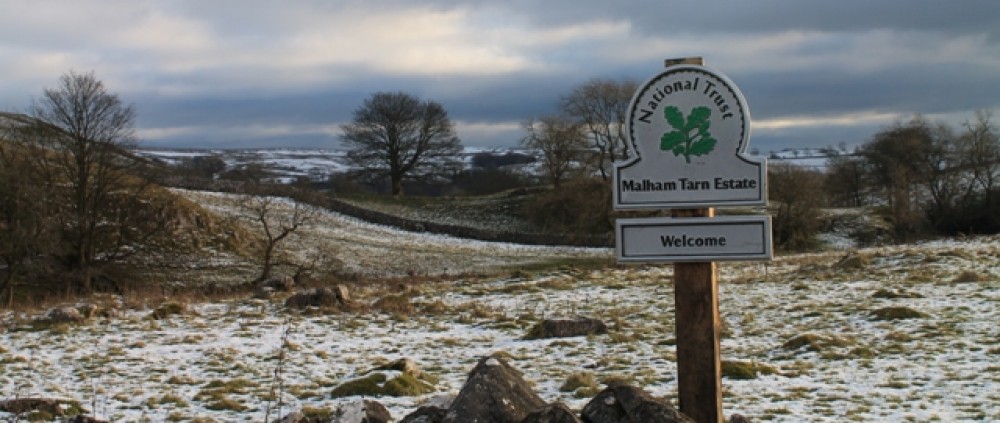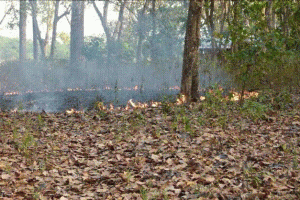My wife and I were lucky enough to miss the worst of March’s weather – as we were trekking in the Himalayas in Nepal! It was cold up at the higher altitudes (as expected) but warm and sunny during the days and all in all sounded a lot better than the shock snow drifts back home. . .
It was fascinating to contrast life and attitudes to nature in Nepal with ours back in the UK. There, as in many developing countries, the big nature challenge seems to be what to do with their more natural land. These areas, often declared as National Park, are now wanted by the rapidly expanding human population. In Nepal the surviving more natural land is threatened by communities needing fuel, wood and land for growing their crops or grazing their livestock. Their National Parks are still pretty well protected but the pressure is a difficult one for politicians to resist – nature versus the livelihood of poor and hungry people!
In the UK we destroyed our natural land many centuries ago; however there is still a political choice to be made. Here that choice is between the economic pressures of other land uses against the restoration of nature. For example, some people feel that our nature conservation legislation is too strong and is inhibiting the economic recovery. I think that our Sites of Special Scientific Interest and agri-environmental schemes have helped restore a core natural resource – but my particular concern is that we still have very little land that is looked after primarily for nature (nature reserves or the equivalent of National Parks in most countries across the world).
And one particular thing upset me in Nepal – that was that there, as so many places in the world, people set fire to nature reserves in the name of conservation! Why do we humans love burning the land? I’m mystified. The most common argument seems to be that we’ve burnt areas for a long time and as the species have got used to it then we should continue. I don’t agree and instead think that wherever possible we should try to promote more natural ‘processes’. And I think there are very few places in the world where regular fire is a natural thing. Maybe small localized burning for rare species that might have become adapted, or as fire breaks – but otherwise let’s stop striking matches!
Back in the Yorkshire Dales it has been a really tough spring for the local wildlife and very difficult for our tenant farmers. Most have not lost huge numbers of livestock as has been reported for some areas of the country. However it has been a hard lambing-time and because of the cold and lack of grass growth the farmers have been forced to spend much more than usual on buying-in extra feed for their sheep and cattle.
Let’s get out and celebrate – because spring has arrived at last! With the rather warmer weather, all the delayed indicators of spring are suddenly appearing en masse. The birds are arriving from Africa (warblers; chiff-chaff; wheatear; swallows and martins; etc) and even up at Malham and Wharfedale the primroses and celandines are in flower and the hazel catkins are waving in the breeze. We look forward to butterflies, early-purple orchids, cowslips, bird’s-eye primrose and then bluebells in the weeks to come. And please do let us know of any interesting sightings you find across our Dales properties – including the first cuckoo. . .
Peter Welsh, Ecologist




